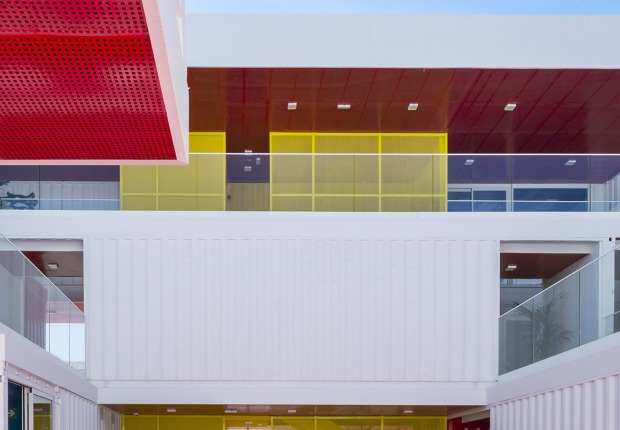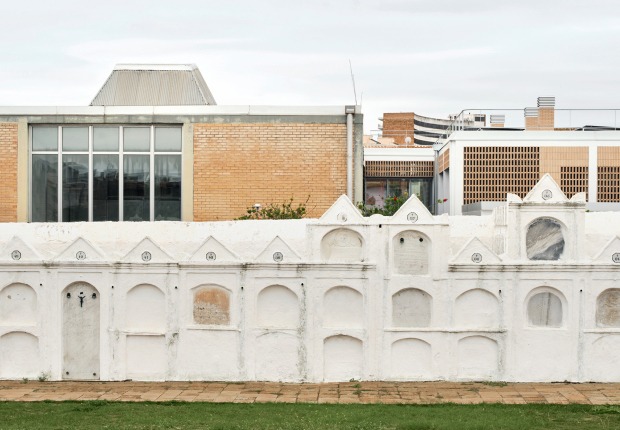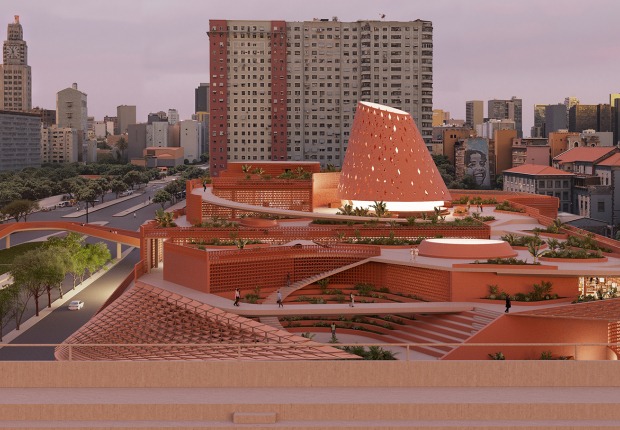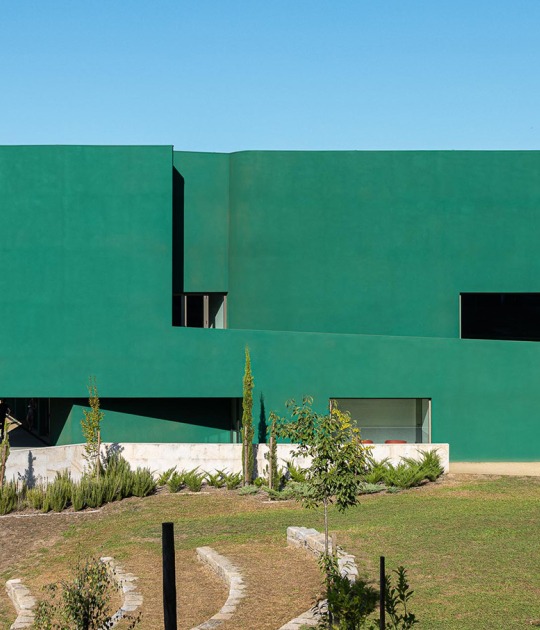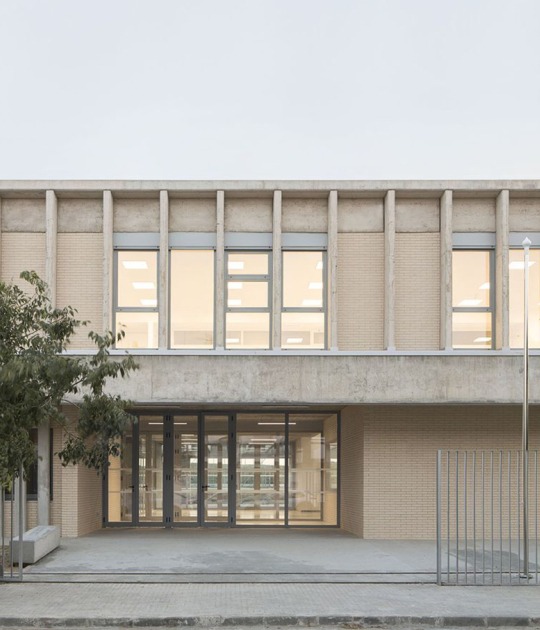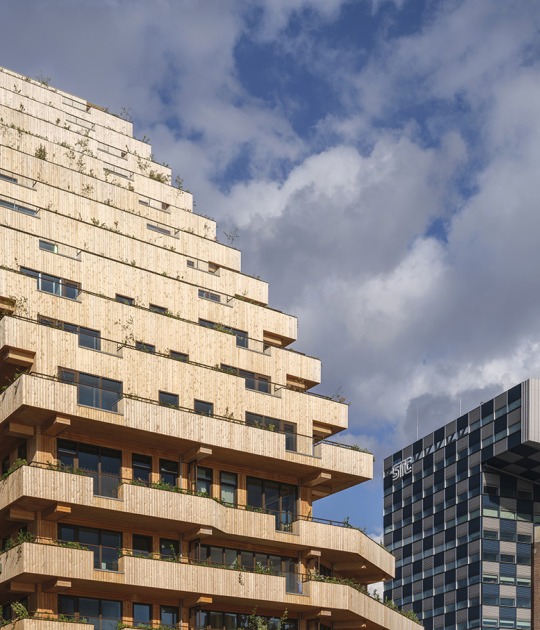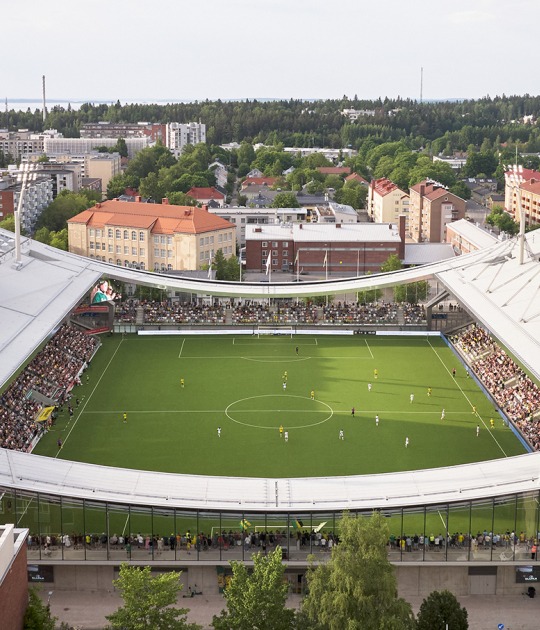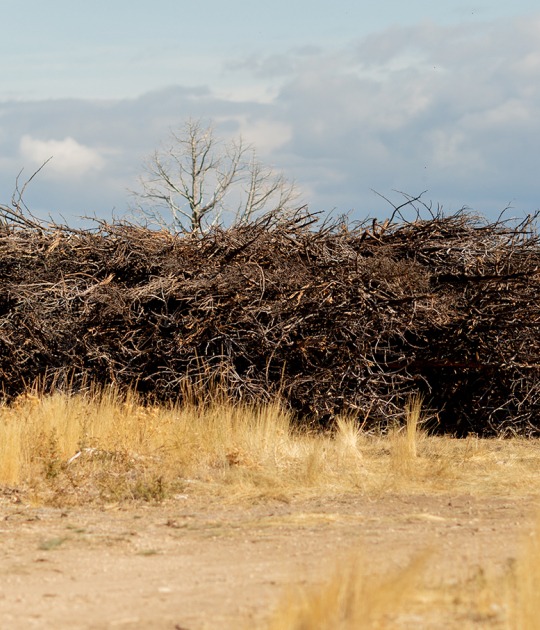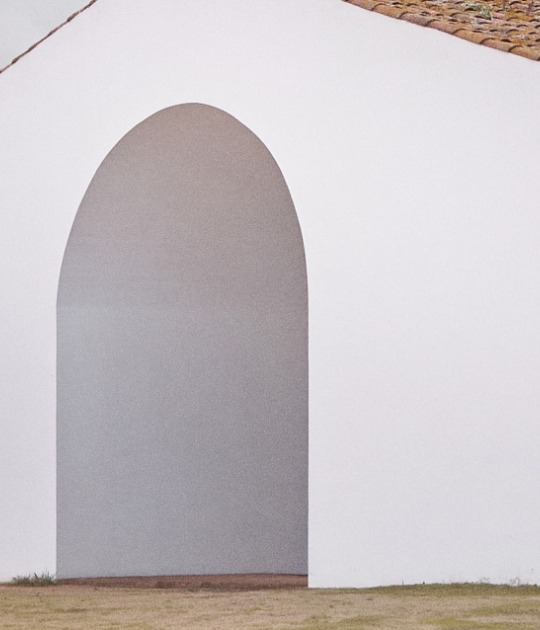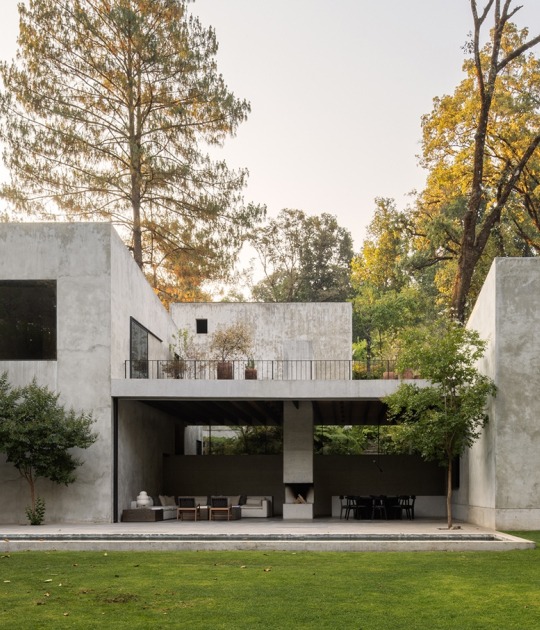Located in the northern neighbourhood of La Moraleja, the team of architects Enguita & Lasso de la Vega designed a few years ago the BBVA Campus, an university extension which depends on the Spanish bank, which is also finishing its headquarters in this same area.
Different ingredients of the project go from the use of natural local elements for the creation of a large garden or park, to the design of independent pavilions within an university sprawl model, all of it focused on housing the necessary program for an university space, whose main goal is the knowledge and the personal development.
Descripción del proyecto por Enguita & Lasso de la Vega and Enrique Azpilicueta
The BBVA Campus is a place where the identity relation between architecture and landscape is very intense. If we proceed to study the most outstanding education campuses we find a series of invariants very useful for the project.
The first invariant indicates that a university campus is a large garden. Gardens and their walks are the most powerful image we have of them, and which gives them a unique character. A well wooded and landscaped environment offers protection and guarantees both the isolation and concentration needed for the study. The chosen site, in La Moraleja, has an excellent holm oaks scrub landscape, similar to Montes del Pardo or Casa de Campo ones. The architectural intervention wants to take the most advantage of this nature.
The second invariant indicates that a university campus is a group of pavilions. Pavilions can be arranged in a rigid way, more typical of urban campuses, or in a more landscape way, typical of surroundings areas, as the one that concerns us. Pavilions are divided by use – lecture rooms and residences- and are accompanied by others which serve them, such as the auditorium or the “Language Immersion” pavilion. Pavilion architecture allows creating wide and well-lit working spaces, articulated according to university organization, very flexible and open to future changes thanks to its simple structural layout.
The third invariant indicates that a university campus is a place of learning and relation. University must reproduce real life and, in this one, it´s important to acquire the necessary knowledge but it´s also essential relating to people and developing strategies and group alliances.
In short, the BBVA Campus is a large garden in which a group of pavilions -ordered with landscape criteria-, which ensure education and encourage both personal and institutional relations, are located.
Text.- Enguita & Lasso de la Vega.
CREDITS. DATA SHEET.-
Architects.- Arquitectura. Enguita & Lasso de la Vega S.L.P. (Luis Enguita, Paloma Lasso de la Vega).
Partner Architect.- Enrique Azpilicueta.
Collaborators.- Sebastián González, David Hernando, Bárbara Ortiz, Rocío Sánchez.
Consultants.- Ines Ingenieros Consultores (Structural and Mechanical Engineering).
Client.- BBVA.
Budget.- € 24,000,000.
Floor area.- 24.091 sqm.
Project date.- 2008.
Construction date.- 2009 -2012.
Project extent.- Competition / Preliminary design / Construction Documents / Construction works.
Type.- New construction building / Restoration. Educational / Residential.
Award.- ACI (Property Management Spanish Association).

























